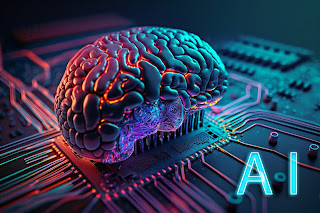In The Age of AI Reflection
Artificial intelligence has become a global phenomenon ranging from businesses to privacy to rising global conflicts with the United States. While watching the documentary "The Age of AI," I learned how artificial intelligence is changing life as we know it in the grand scheme of things. PBS FRONTLINE investigates the potential benefits and risks associated with AI and automation, leading to the new industrial revolution of the 21st century and possibly the next cyber apocalypse.
The results of this game started to raise concerns and excitement about the rise of AI. These robots can do the same tasks as humans and potentially more. Although, deemed innovative this puts humans' jobs in danger. In just a few short years AI may be doing more inventive and intense tasks such as teaching, assisting and performing surgeries, and creating business plans.
The PBS documentary provides different perspectives on the rise of artificial intelligence. Many people view it as a tool to help professionals in various fields. For example, as a college student, we implement ChatGPT for research, editing, and creativity. In healthcare, AI aids in early disease detection and drug discovery. AI also fosters accessibility improvements for those with disabilities.Negatively, the rise of AI could possibly mean the rise of dehumanization, blurring ethical boundaries. As machines replace human tasks, there's a risk of diminishing empathy and personal connections. AI could open new threats to cybersecurity and privacy is at great risk. The complexity of this intelligence is multifaceted, and companies or skilled officials can use it to violate personal information. For example, China has such a complex AI surveillance system, that it promotes public shaming due to the millions of cameras following you 24/7.


























